Employment Based Green Cards – Which one is for me?
Most commonly misunderstood and overlooked by the general public, are the employment based green cards. Mostly people thing of marriage cases and asylum, because nobody ever watched an action movie called “Labor Certifications, the Quest for the Elusive SOC Code.” A lot of employers believe that they can simply express the desire to sponsor a worker and filling out the correct documentation will result in sponsorship. That is not the case.
A labor certification is documentation demonstrating the employer tried to find a qualified worker in the US, in their immediate geographical area and could not. Not all green card applications require a labor cert. There are a number of employment-based visa categories under which you may seek permanent residency or a green card:
- EB-1 (EB-1A, EB-1B and EB-1C) The employment-based first preference (EB1) is supposed to be for those who are a great priority in the workforce. These require no labor certification.
- EB-1A: Extraordinary ability, similar to an O-1A visa or “Einstein visa,” where you have numerous accolades and press.
- EB-1B: Outstanding researchers and scientists.
- EB-1C: Multinational managers, who have normally transferred to the US on an L-1A nonimmigrant visa.
- EB-2: The employment-based second preference is intended for positions which require an advanced degree such as a master’s or PhD. This is commonly mistaken to be taken as the individual possesses the advanced degree and therefore, no other requirements are needed. But it is the position and the employer who determine whether or not this is an EB-2.
- EB-3: Professional and skilled workers, such as a position which requires a bachelor’s and 2-3 years of experience, or just a few years of experience. EB-3 is also the category under which unskilled labor falls. You will need to show the position requires experience in the job, normally 1-2 years.
- EB-4: This is intended for “special immigrants” which includes SIJS and religious workers.
- EB-5: Who wants to be a millionaire? Or who already is. In order to qualify you must invest a statutory amount of money- for a long time it was $500K or 1mm. This number went up to $900K and $1.8mm but there has been some debate about the number due to some lawsuits. The money needs to be actively invested and at risk, and produce at least 10 US jobs.
For the majority of nonimmigrant visa holders, the labor certification process, therefore EB-2 and EB-3 are the norm. The employer controls this process and must show that there are no workers qualified, willing and able to take the position. In places and times of high-unemployment, this is challenging. So the success of the case depends on the position itself, timing and geography.
Labor certifications consist of a series of steps: obtaining a Department of Labor approved wage level, placing recruitment or ads to test the labor market and certifying that there have been no layoffs in the area. The day you apply for a Labor Certification or PERM, is the date of your priority date. PDs become important when considering the last part of the 3 part process. The individual’s place of birth, not nationality, determines which priority date to follow.
Many of the applications do not require an LC but will need a great deal of evidence. Whether you are an extraordinary actor or model, or the top of your game in Fintech services, or have discovered a technique for treating cancer, you must be able to document your achievements through letters of reference, articles, and other empirical evidence. Most of the time this cannot be produced overnight but takes months sometimes over a year to fully complete.
Selecting which green card path is appropriate for you is an individual choice but also highly-dependent on your current NIV or nonimmigrant visa, as well as, your resources, what you have accomplished and your employer’s wish to sponsor permanently (or not). Either way, the best way to proceed is to plan ahead well in advance (sometimes years) and obtain a professional opinion. Good luck on your journey.
